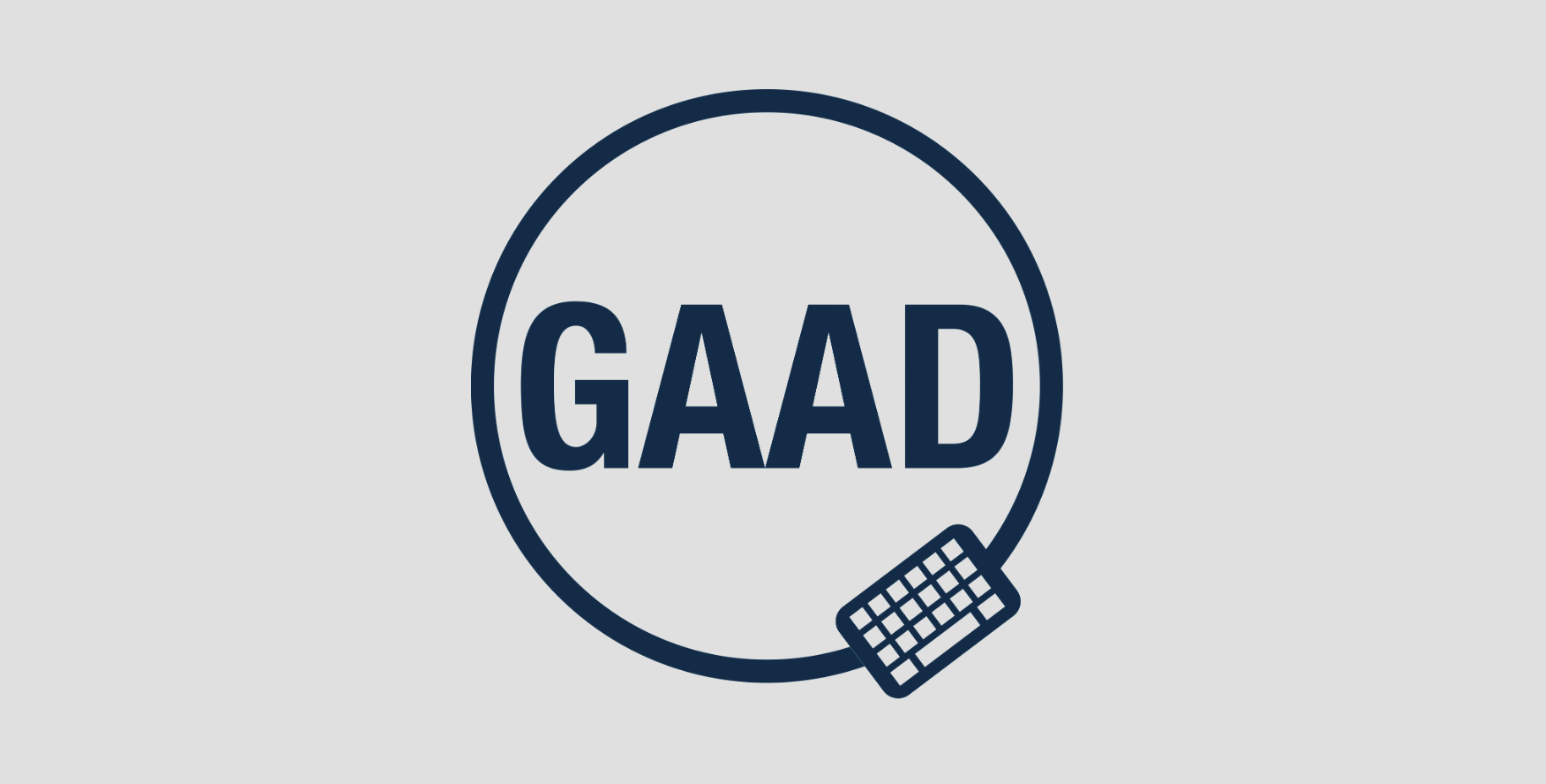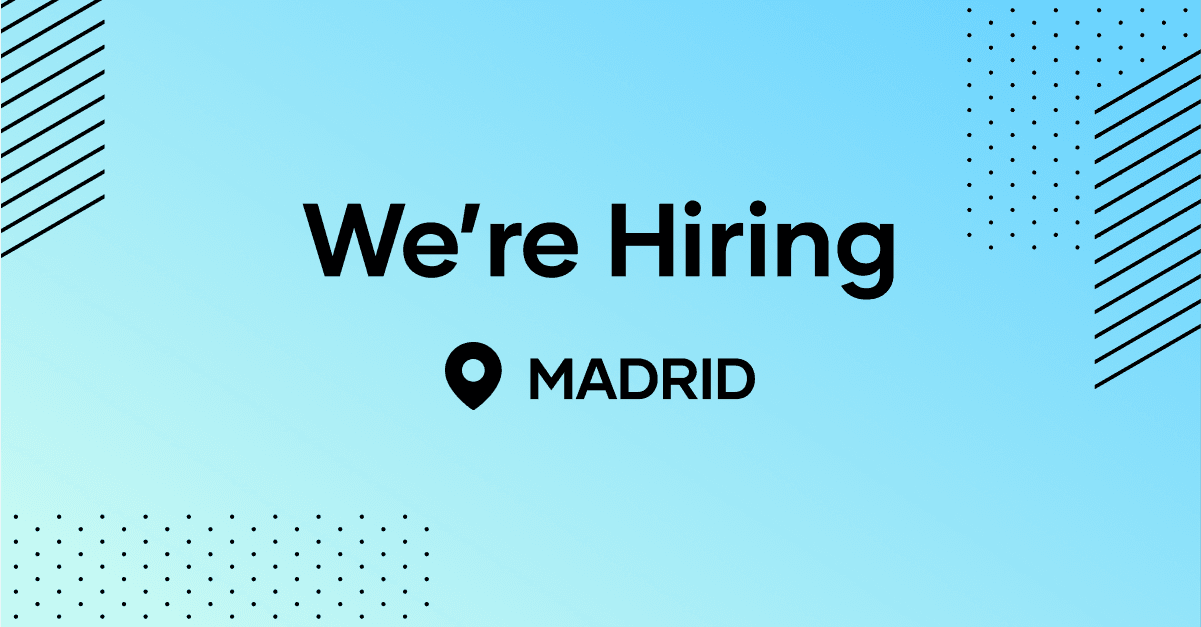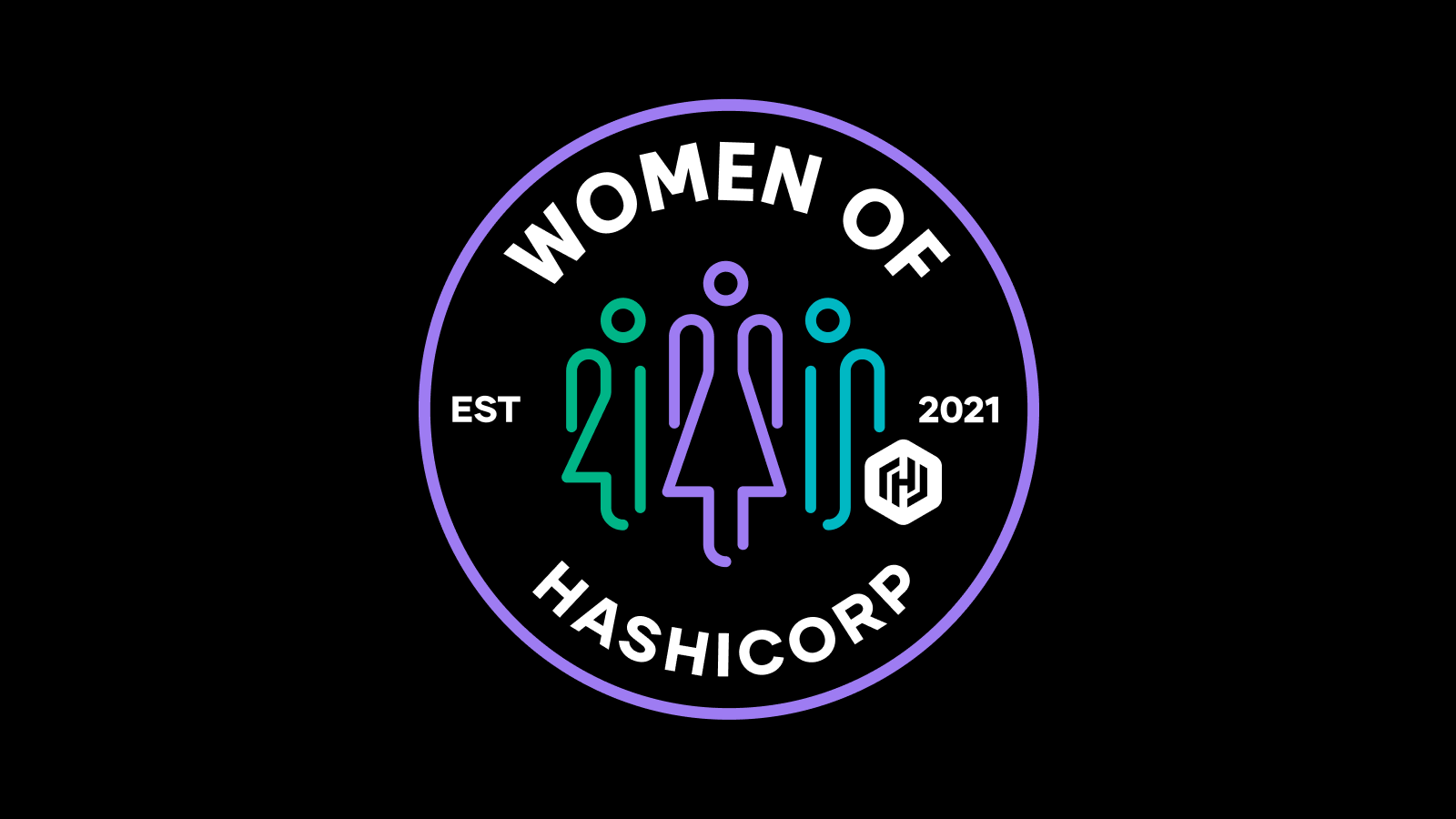How To Make Interns a Dynamic Part of Your Team
Figuring out where interns fit into larger team goals can be tough. One HashiCorp manager shares three essential tips to encourage success for everyone involved.
An internship program is a great way to hire staffers who will stay with your organization. Studies show interns are 32% more likely to be retained after one year than staffers who were not interns, and 16% more likely to stay than people who interned at other companies. Despite the clear advantages, many managers are apprehensive about bringing in interns. Typical concerns include the strain of providing additional training and mentoring, losing team momentum, and outlining realistic objectives for interns.
To help dispel those concerns, we asked Erika Sivak, Regional Manager of Customer Success at HashiCorp, to talk about her experience successfully onboarding 4 of the 70 interns in HashiCorp’s 2022 Early Career Program cohort. Sivak hopes that sharing her process will encourage more managers to participate in internship programs:

My top priority was to make the experience inclusive and rewarding for everyone involved. We’ve all heard horror stories of interns forced to perform menial tasks for little to no money, and I knew that wasn’t the experience I wanted to provide. I wanted to give our interns the exposure they needed to make informed decisions about their careers.
HashiCorp’s Early Career Team provided me with a solid foundation, and encouraged me to cultivate a plan best suited for my team’s needs. Our customer success team manages a unique customer base via a community-based engagement model. It was important that the interns developed a firm understanding of what customer success involved early on, while still giving them room to make a tangible impact for our customers and bring their unique skills to the table.
Based on my experience, I have three tips for managers considering taking on interns:
»Tip 1: Develop Your Internship Program Like a Product
The more clarity you have on what interns will be working on and how they’ll engage with the team, the more integrated they’ll be. A cohesive plan lets the entire team know how to interact with interns, and what management expectations are of the team and their new interns.
That means keeping your end users’ (the interns) experience in mind as you design your program. Asking the right questions can help:
- What problem am I trying to solve? In this case it’s creating opportunities for experience and learning on the job in a safe environment.
- What personas will be engaging with this program? When it comes to your interns, take their work experience, strengths, interests, and college major into consideration.
- What features of this internship would be most useful to our users? Interns likely have little corporate experience and may benefit from intentionally being brought into specific interactions or projects. Remember that everything is going to be new and there will be a learning curve.
While an early career program is not about building an actual product, we are creating something that will be experienced and consumed. The first step of our planning process was understanding our objectives. We wanted to focus not only on what we’d like our interns to get out of the program but what work we wanted to see completed.
We used a product-inspired method of ideation called a PRD, or product requirements document, to outline internship-program information specific to our team. This document included information such as:
- Internship overview
- Team internship objectives
- Intern highlights (i.e. name, major, area of expertise, etc.)
- Intern project assignments
- Mentorship approach and buddy assignment
- Onboarding approach and schedule
The PRD helped our entire team unify around the intern program and understand our goals and boundaries.
I recommend starting the planning process about three months prior to the internship period. Priorities shift all the time, and you want a firm plan in place by the time the interns arrive.
»Tip 2: Provide Multiple Points of Support for Your Interns
Making our interns feel included was top of mind. We didn’t want them to feel like they were floating out in the ether. We wanted them to feel tethered and provide them with mentors they could grow with.
We created a section in our PRD covering the mentorship approach and a buddy assignment, where we outlined our strategy for supporting our interns once they arrived. The plan included:
- HashiCorp Mentor Program
- Team buddy assignments
- Weekly manager 1:1s
- Inclusion in team meetings and events
The HashiCorp Mentor Program is a high-level mentorship program within our Early Career Program. Each intern gets assigned a mentor outside of their team to provide support and discuss overall career development. This was a useful touchpoint for our interns and gave them exposure to parts of the company outside their immediate team.
We also assigned a team buddy for each intern. This was a team member they met with regularly and could lean on from day one. Each intern’s team buddy was responsible for meeting with their intern weekly, helping them complete their projects, and providing mentorship and constructive feedback. This was the person the intern could go to to express confusion, work through tough moments, and celebrate successes.
As our interns’ manager, I conducted weekly one-on-one meetings with each of our interns. We set aside time to sync on project progress, discuss current priorities, and talk through career development topics. This was our dedicated time each week to ensure the internship was going well and course-correct if needed.
Last but not least, we ensured team meetings included our interns. Aside from our intern weekly meeting, we included interns in daily standups and weekly team meetings, and we created shadowing opportunities for each intern.
»Tip 3: Create Detailed, Goal-oriented Internship Projects
To be honest, this was the most difficult part of the planning process. We knew we would have four interns joining our team and had a general idea of the areas we wanted them to focus on, but we didn’t clearly understand how the interns would deliver on those projects.
We wrote project briefs that looked at it from the interns’ perspective. The product briefs were designed to explain how we wanted to structure the projects and establish clear timelines. The briefs included background information, objectives, task requirements, detailed deliverable explanations, and a week-by-week breakdown of when tasks should be completed.
We found this level of detail was more than we would provide to a new full-time hire, but was necessary for interns. This structure had a surprisingly positive effect. For the first few weeks of the summer, the project briefs acted as a guide while the interns built their confidence, learned the ropes, and explored their projects. By mid Summer they were able to confidently navigate their initial projects as well as additional tasks.
»Internships Can Be Rewarding for Everyone
Organizing and running our team’s internship program this past summer has been one of the most rewarding experiences of my career. It was incredibly satisfying to see our interns grow so much over the course of a few months.
By taking the time upfront and providing support via intentional mentorship and carefully curated project guidance we were able to make the interns’ experience rewarding and their contributions impactful for our team as well.
Our interns will be returning part-time during the school year and I can honestly say they have become an important part of the team. We look forward to continuing to learn and grow together and can’t wait to welcome future HashiCorp Early Career Program cohorts!
Sign up for the latest HashiCorp news
More blog posts like this one

Global Accessibility Awareness Day – A chance to broaden our perspectives
GAAD — Global Accessibility Awareness Day on 16 May — reminds us to analyze our assumptions, challenge them, and meet people with disabilities with an open mind.

HashiCorp’s new Madrid Tech Hub: Meet the founders
Get the inside story of our new office in the Spanish capital, from three “founders" who are making it happen.

HashiCorp spotlights Women’s History Month
As Women’s History Month draws to a close, we’re spotlighting members of the HashiCorp community to share the journeys and achievements of women working in tech.